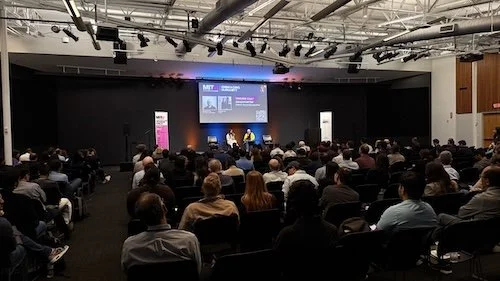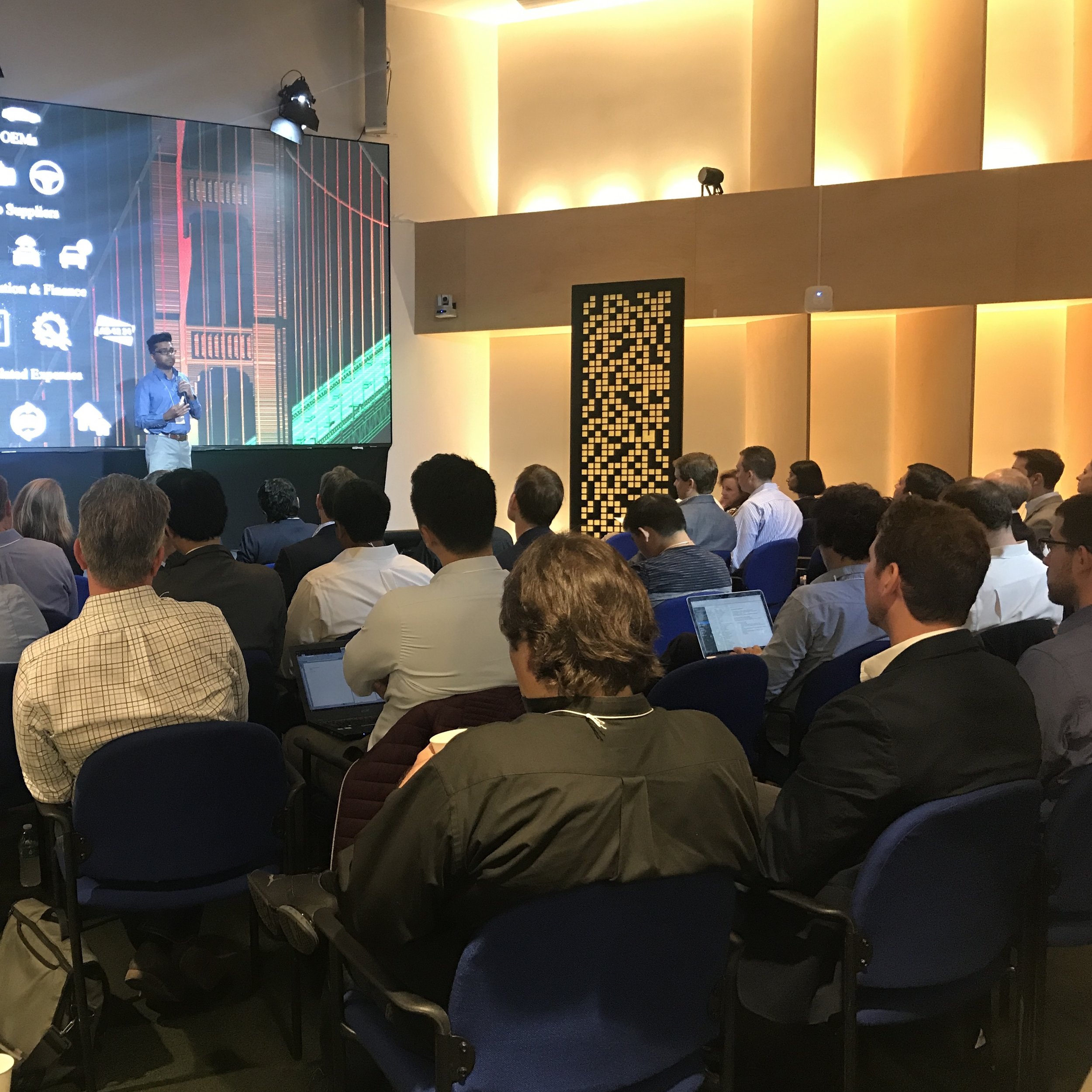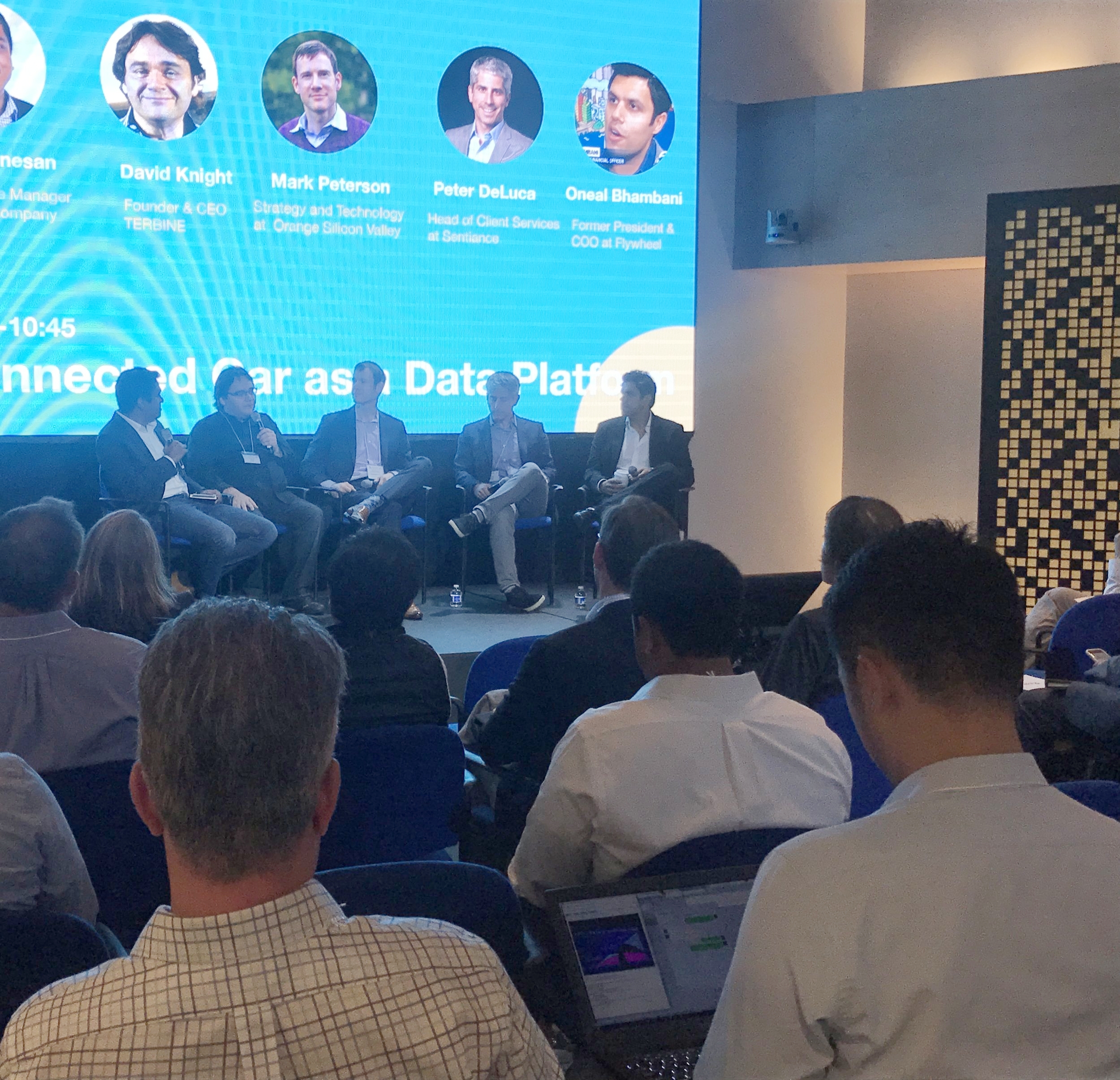On September 18th and 19th, one of today’s leading sales leadership events, the Sales 3.0 Conference, will be held at the Planet Hollywood Resort & Casino in Las Vegas.
Sales 3.0 addresses all aspects of the sales organization. Speakers will address leadership insights, daily sales management challenges, alignment with marketing, sales enablement, sales strategy and execution, customer management, coaching sales reps, the latest industry research on sales effectiveness, and much more.
Between the keynotes and breakout sessions, there's abundant opportunity for networking and demos of the latest sales tech. The event concludes with a complimentary cocktail reception allowing speakers, sponsors, and attendees to get together and mingle.
---





































